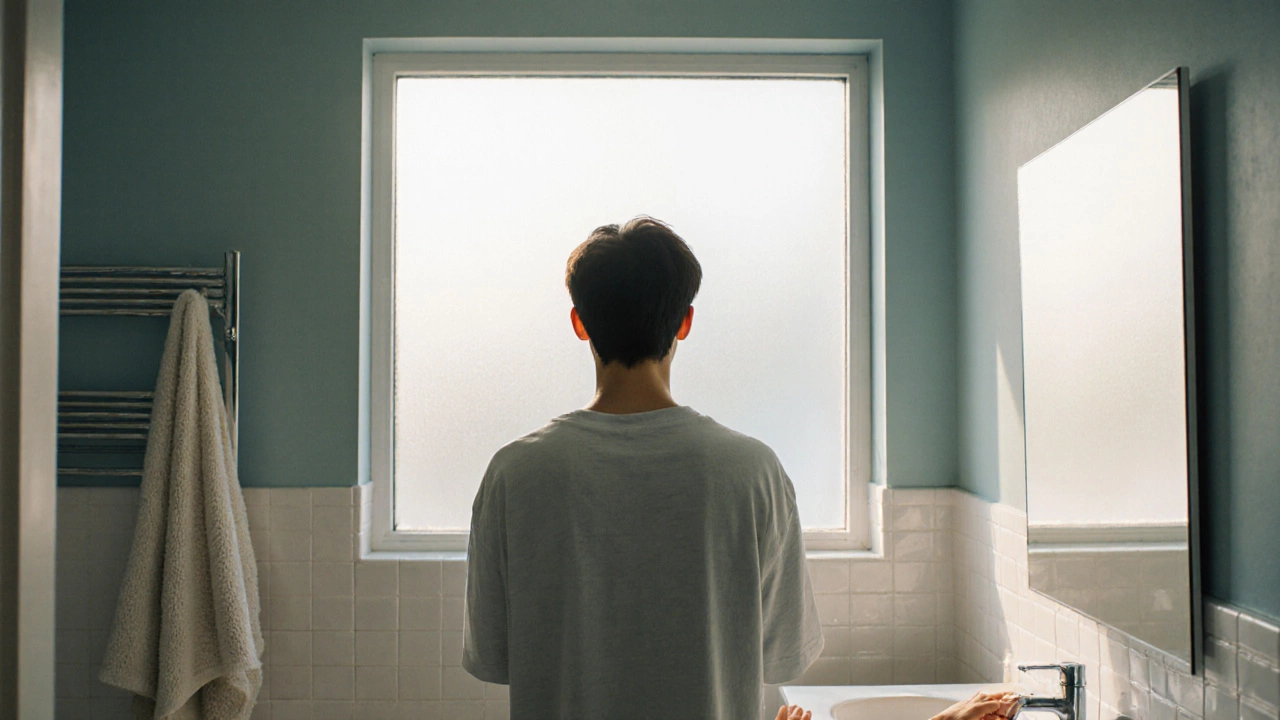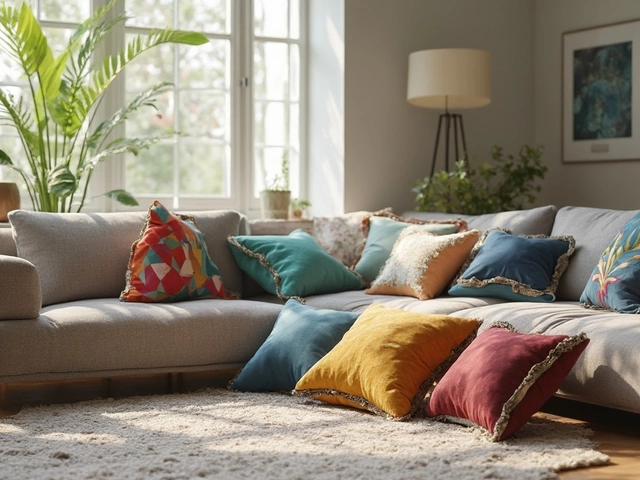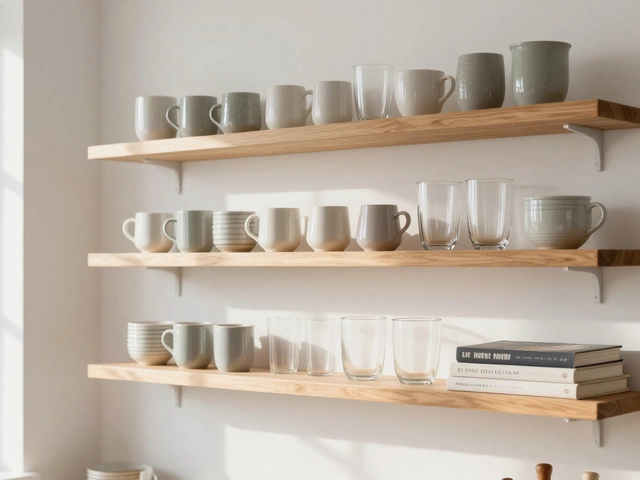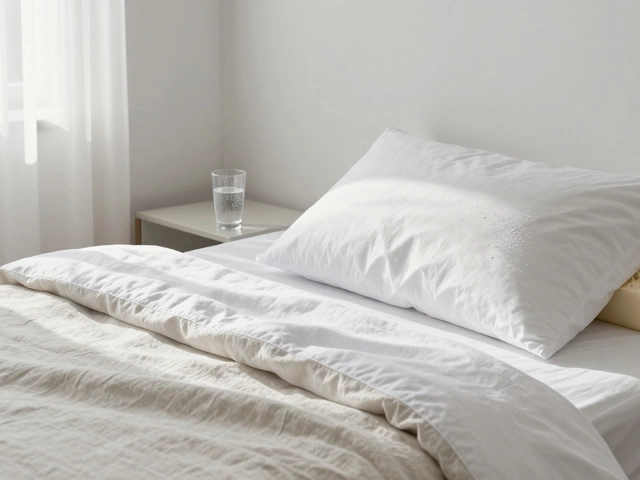mental wellness
When thinking about mental wellness, the state of emotional and psychological well‑being that influences how we feel, think, and act. Also known as mental health, it plays a crucial role in everyday life. Your surroundings can either lift your spirits or drain them, and that’s why mental wellness often starts at home. The walls you paint, the light you switch on, and even the way you arrange your couch all send signals to your brain. In short, the environment you live in is a silent therapist that works 24/7.
Design, Light, and Color: The Triple Powerhouse
One of the core ideas is that interior design, the practice of shaping indoor spaces to improve function and aesthetics isn’t just about looking good – it directly requires thoughtful lighting to support mental wellness. Natural light, for example, boosts serotonin and helps regulate sleep cycles. When you choose window treatments that let the sun filter in – think sheer curtains or smart fabrics that adjust opacity – you’re giving your brain a daily dose of mood‑lifting sunshine.
Another piece of the puzzle is color psychology, the study of how hues influence emotions and behavior. Soft blues can calm anxiety, while warm neutrals create a sense of safety. Pairing a grey sofa with muted earth‑tone curtains, for instance, creates a balanced backdrop that feels both modern and soothing. The key is to avoid overly bright, high‑contrast combos in spaces where you unwind; instead, lean toward textures and layers that add depth without overstimulating the senses.
Lighting isn’t only about daylight. Ambient fixtures, task lights, and accent LEDs each have a role. A well‑placed dimmable lamp beside a reading chair encourages focused relaxation, while a sleek mirror on the wall amplifies light, making a small room feel larger and less claustrophobic. Mirrors also reflect not just visual space but emotional space – a tidy, well‑lit corner can reduce feelings of overwhelm.
Beyond aesthetics, the practical side matters. Choosing easy‑to‑clean rugs or low‑maintenance flooring reduces the mental load of chores. An easy‑care rug means fewer worries about stains, which translates into more mental bandwidth for creative or calming activities. Likewise, floating shelves, when styled thoughtfully, keep clutter off surfaces, giving the eye a clear path and the mind a calmer state.
Even small upgrades, like swapping out harsh fluorescent bulbs for warm LED strips, can impact sleep quality. When the bedroom’s lighting mimics sunset tones, melatonin production improves, leading to deeper rest – a cornerstone of mental wellness. The same principle applies to bathrooms: a spa‑like upgrade with soft lighting and plush towels turns a routine task into a mini‑retreat, easing daily stress.
All of these design choices tie back to a simple formula: mental wellness encompasses stress reduction, requires intentional lighting, and benefits from color psychology. By treating your home as a holistic system, you create a supportive environment that fuels positivity, focus, and resilience.
Below you’ll find a curated collection of articles that dive deeper into each of these topics – from curtain trends that improve sleep, to the best neutral colors for any room, to how mirrors can make a space feel lighter. Use them as a practical toolbox to turn your home into a mental‑wellness sanctuary.

Is Skipping the Mirror Safe? Benefits, Risks & Practical Tips
Explore the pros and cons of avoiding mirrors, learn how it affects self-image and mental health, and get practical tips for mindful mirror use.
Categories
- Storage (27)
- Bathroom (18)
- Sofas (15)
- Curtains (15)
- Home Decor (12)
- Bedding (11)
- Kitchenware (10)
- Cushions (10)
- Mirrors (10)
- Rugs (9)



